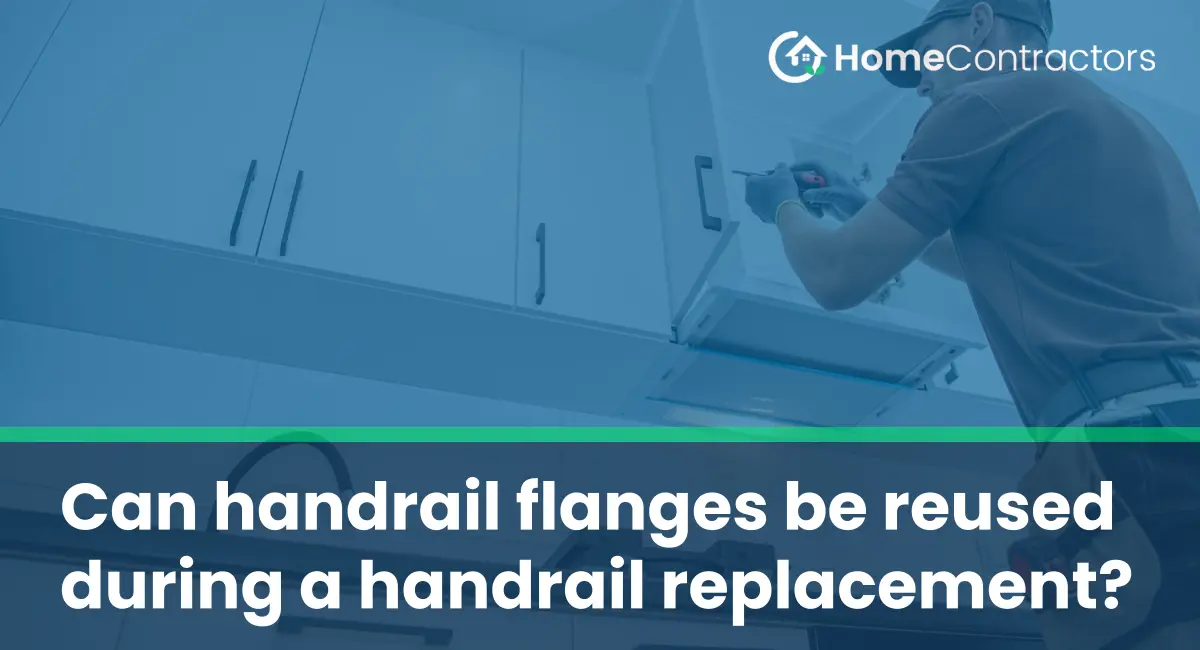Handrails are an integral safety feature in various settings such as staircases, walkways, ramps, and balconies. Over time, handrails may become worn out, damaged, or simply need to be updated for aesthetic reasons. During the replacement process, it is common to wonder whether handrail flanges can be reused. Handrail flanges are the components that connect the handrail to the support structure, and their reusability depends on various factors. In this article, we will explore the considerations involved in determining whether handrail flanges can be reused during a handrail replacement.
Understanding Handrail Flanges
Before delving into the reuse of handrail flanges, it is essential to understand their function and importance. Handrail flanges are typically made of metal and come in various designs to accommodate different architectural styles. These flanges provide stability and support to the handrail, ensuring it remains securely attached to the support structure. Handrail flanges can be surface-mounted, meaning they are bolted directly onto the surface, or they can be concealed within the structure itself.
Considerations for Reusing Handrail Flanges
When considering whether handrail flanges can be reused, several factors need to be taken into account. These factors include the condition of the flanges, compatibility with the new handrail, and safety requirements.
1. Condition of the Flanges:
The first and most crucial consideration is the condition of the handrail flanges. Inspect each flange carefully for any signs of wear, rust, cracks, or other damage. If the flanges are in good condition and meet safety standards, they may be suitable for reuse. However, if there is any doubt about their integrity, it is recommended to replace them to ensure the stability and safety of the new handrail.
2. Compatibility with the New Handrail:
Another important factor to consider is whether the existing handrail flanges are compatible with the replacement handrail. Handrail designs and dimensions can vary, so it is crucial to ensure that the flanges will securely attach the new handrail to the support structure. If the flanges do not match the new handrail’s dimensions or attachment methods, it may be necessary to replace them to ensure a proper fit.
3. Safety Requirements:
The safety of the handrail system is paramount. Consider whether the existing flanges meet current safety regulations and codes. Guidelines may differ depending on the jurisdiction or specific application, so it is essential to consult local regulations or seek professional advice. If the existing flanges do not meet safety requirements or if there have been changes in regulations since their installation, it is advisable to replace them with compliant flanges.
Professional Assessment and Installation
Regardless of the condition and compatibility of the existing handrail flanges, it is highly recommended to consult with a professional installer or engineer before deciding on their reuse. A professional assessment can help determine the structural integrity, compatibility, and safety considerations associated with reusing the flanges. They can provide expert guidance and ensure compliance with local building codes and safety standards.
Replacing Handrail Flanges
If it is determined that the existing handrail flanges cannot be reused, it is essential to ensure proper replacement. This process typically involves removing the old flanges, repairing any damage to the support structure, and installing new flanges that match the dimensions and attachment methods of the replacement handrail. Professional installers can efficiently handle this process, ensuring a secure and compliant installation.
The reuse of handrail flanges during a handrail replacement depends on various factors such as their condition, compatibility with the new handrail, and compliance with safety regulations. While it may be possible to reuse flanges that are in good condition and meet safety requirements, it is always recommended to consult with professionals to assess the structural integrity and ensure compliance with local building codes. Ultimately, the safety and stability of the handrail system should be the top priority during a replacement project.
